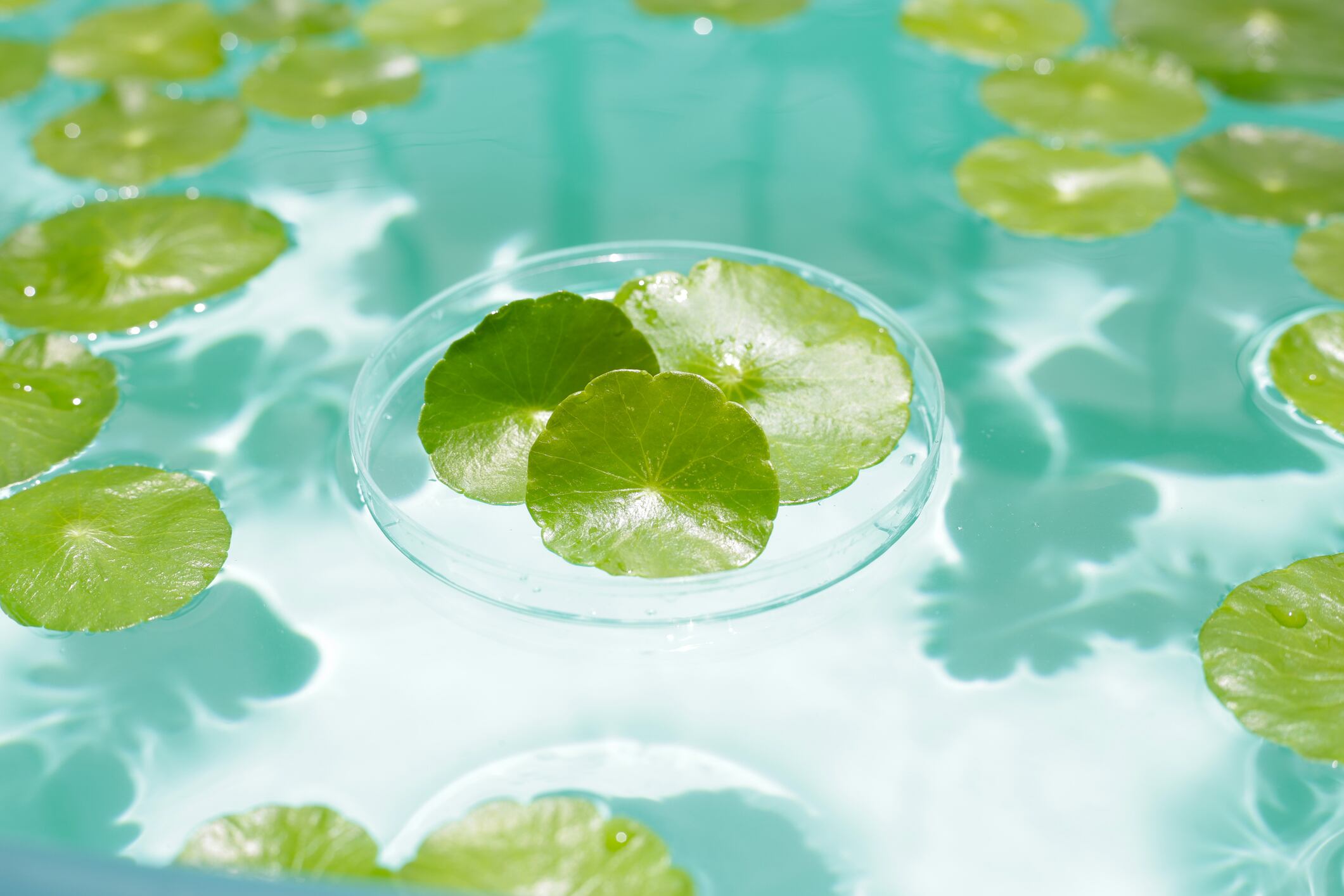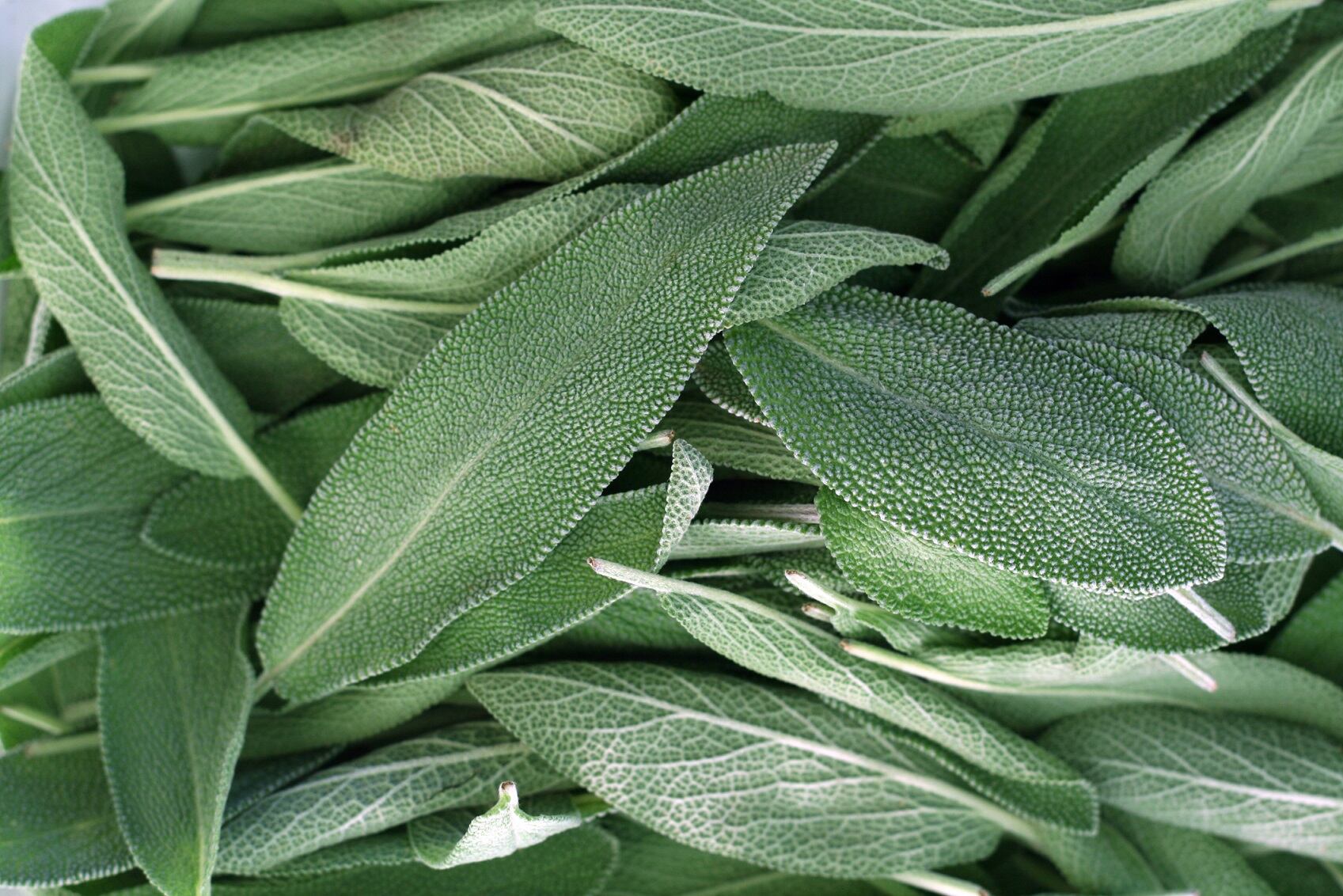Commonly known as Indian pennywort, gotu kola is a perennial plant native to the tropical regions of Africa, Asia and Australia.
In Ayurvedic medicine, it was traditionally used to support wound healing, skin health and cognitive function. Now, gotu kola is booming in the Korean beauty industry, used in both topical and supplement skin care formulations.
With K-beauty quickly becoming a global phenomenon, CEO and founder of 3H Labs Jerry Bae said this expansion will bring opportunities for formulators across new markets.
“In Asian countries, gotu kola—or Centella asiatica—is well known for skin benefits and is frequently used in cosmetics,” he told NutraIngredients.
“It has also been consumed as a herbal supplement and medicine in European countries, so we believe it has potential in Europe, and in the U.S. market too. Consumers are looking for natural wellness solutions they can trust.”
What are the benefits of gotu kola extract?
3H Lab’s gotu kola extract is harvested by hand in the Himalayan region of India. With delicate leaves that are prone to wilting, the plant is transported immediately to nearby processing facilities to preserve its quality and freshness.
The bioactive compounds are then extracted using a double extraction and filtration method which concentrates the asiaticosides compounds, transforming the extract into a water-soluble powder.
Asiaticosides are believed to be responsible for gotu kola’s wide array of beauty-from-within benefits, with research showing the ingredient may promote collagen synthesis, skin hydration and scar reduction.
Studies also suggest gotu kola may also have liver-protective effects, with one placebo-controlled clinical trial showing that Centella asiatica can reduce markers of liver damage compared to placebo, with in vivo studies backing these findings.
“We are unearthing that the profound benefits of Himalca are eye and liver health,” Bae said. “Basically, all the benefits of Centella asiatica are derived from its strong antioxidant effect and cell protective properties. It can help prevent the death of eye and liver cells and also may reduce the cellular damage in eye and liver.”
Gotu kola for eye health
Gotu kola’s potential ocular benefits are supported by emerging research, including one animal study in which the extract was shown to protect against age-related macular degeneration (AMD)—an eye condition which blurs central vision.
The extract was found to prevent retinal cells from cell death and increase the thickness of a cell layer in the retina which becomes thinned by the damage.
Bae says gotu kola acts on a different mechanism of action than other eye health ingredients, such as lutein and zeaxanthin, opening up the potential for formulators to use the ingredients synergistically.
“When you take lutein, it increases the MPOD levels by filling up the pigment itself,” he said. “On the other hand, Himalca protects the cells from apoptosis, reduces cellular damage and increases cell viability.
“For customers who already have lutein products in their line-up, I would suggest combining lutein and Himalca. Then, we could anticipate a better result by their complementary actions of filling up the pigment and protecting the cell.”
A human clinical trial assessing the impact of Himalca on ocular health has also been conducted, but the results have not been published.
Looking ahead
3H Labs is now conducting further studies on cognitive and skin health using its gotu kola extract, with a new ingredient set for launch at Vitafoods Asia this year.
“We’ve done the animal study and human clinical studies for each health benefit, and we are in the process of publishing the paper now,” Bae said. “We have a presentation at Vitafoods Asia 2025 about the skin health study results and will introduce a new branded ingredient—InnerCica.”





